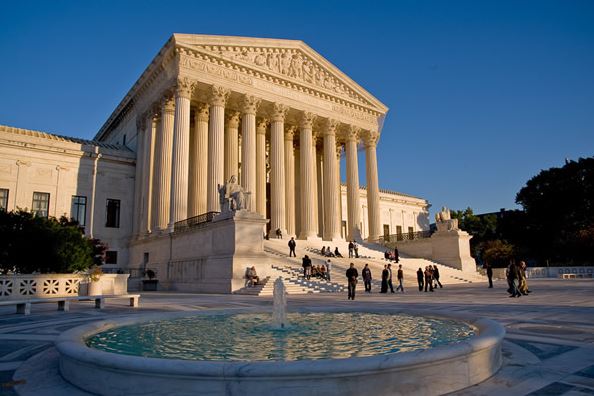To this point there have been no attempts to objectively assess whether corn ethanol was ever a realistic replacement for foreign oil. Power politics made the choice. The farm lobby wielded the power and ethanol won the day.
It is more expensive than gas, gets worse mileage than gas and is more polluting than gas. On top of that, ethanol is highly corrosive and therefore must be trucked instead of piped to its destination, increasing greenhouse gas.
What”™s to like? Well, one of the most powerful lobbies in Washington likes it just fine. Investors like Archer Daniels Midland. The industry cannot survive on its own ”“ a 45- to 51-cent subsidy accompanies every gallon of ethanol that is blended with gas. The new Congress may rethink this expense.
The U.S. continues to be enamored of Brazil”™s stunning success with a biofuel economy and imagines that this country could aspire to be the same. Talk about an apples and oranges comparison ”“ Brazil makes ethanol from sugar cane, which produces seven times the energy of ethanol based on corn. The Brazilian system is remarkably simple. The harvested sugar cane goes directly into a shredding process that separates the juice, garapa, from the fiber, called “bagasse,” which then becomes boiler fuel. This process allows most sugar-ethanol plants to be energy self-sufficient, even to the point of being able to sell surplus energy to local utilities.
The U.S. corn-based industry costs 30 percent more than Brazil”™s sugar cane-based industry because the corn starch must first be converted into sugar before being distilled into alcohol. Brazil is a very big country with enormous areas of arable land, suitable for sugar-cane cultivation. No matter how much it expands the ethanol industry it will not impact the production of food products derived from sugar cane. Meanwhile, in the U.S., corn ethanol has already impacted the price of corn as a primary food for livestock and an ingredient in processed foods. Any expansion in the ethanol industry would further exacerbate food prices.
Another intriguing aspect of the Brazilian system is the amazing flexibility of the flex cars. By the late 1980s four million cars and trucks were running on pure ethanol. This apparent solution did not last for a variety of reasons, gas prices plunged and the supply of ethanol also plunged, leaving ethanol-only cars in long lines at the pump.
After going through a long process of how much ethanol to require in vehicles, currently Brazilian cars and light trucks can use a variety of mixes. The government has now set the percentage of the ethanol blend according to the results of the sugarcane harvest and the levels of ethanol production from sugarcane, resulting in blend variations even within the same year.
The corn-ethanol industry has not achieved that flexibility and so now the U.S. is faced with an ethanol glut with no one required to buy it. The EPA is attempting to solve the problem by upping the 10 percent now required for all cars to 15 percent, which can only be used in cars built after 2007. Sounds easy, but the increase can only take place in those states that already mandate that filling stations install the special pumps and tanks that can handle a higher concentration of ethanol.
Meanwhile, the fuel vs. food debate has re-emerged, as if it ever died out. The price of corn has been soaring ”“ the highest since 2008 ”“ the result of a disappointing harvest. Fluctuations in the price of corn and soybeans have the most direct impact on the cost of meat and dairy products because of the significance of feed costs to livestock production. As Milton Friedman, the Nobel Prize-winning economist once said, “One of the great mistakes is to judge policies and programs by their intentions rather than their results.” Indeed!
Surviving the Future explores a wide range of subjects to assist businesses in adapting to a new energy age. Maureen Morgan, a transit advocate, is on the board of Federated Conservationists of Westchester. Reach her at maureenmorgan10@verizon.net.



















